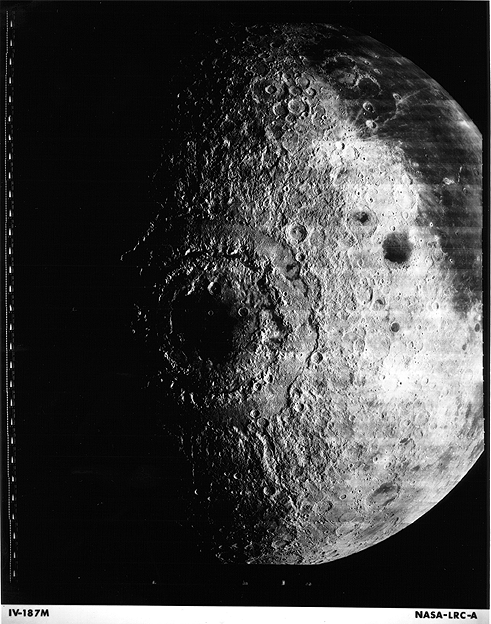 In January 1987, I was a Contracts Manager for Boeing Computer Services, a division of The Boeing Company. I had just been pulled from the commercial contracts side of the house to the Government contracts section, because I had Government contract experience, and the company needed someone to manage the contract for a new project we had just won with the Army at Ft. McPherson, Georgia. Two weeks after I started that project, the contract award was protested by an unsuccessful bidder, and to our shock, the Army cancelled the contract.
In January 1987, I was a Contracts Manager for Boeing Computer Services, a division of The Boeing Company. I had just been pulled from the commercial contracts side of the house to the Government contracts section, because I had Government contract experience, and the company needed someone to manage the contract for a new project we had just won with the Army at Ft. McPherson, Georgia. Two weeks after I started that project, the contract award was protested by an unsuccessful bidder, and to our shock, the Army cancelled the contract.As I was preparing to leave Atlanta to return to Washington, I got a call from my director. I was ordered to fly to Houston and go to Johnson Space Center, where we were being awarded a contract with NASA for the Space Station Freedom Technical and Management Information System (TMIS). I was to be the contract manager for this $350 million, 8-year project! I couldn't believe it...I was part of the space program! -- and totally without any effort on my part.
TMIS was NASA's way of bringing all the technical and design documents for the budding Space Station Freedom, no matter where in the country they were produced, into one system. This was before the Internet was accessible commercially, before there were common document formats. TMIS gave NASA the first capability to transmit and share rich-content documents across NASA centers. We were also implementing what was at the time one of the largest Oracle databases ever designed - several terabytes (which is pretty small by today's standards).
I was on the program for more than two years. My office was right across the parking lot from the Space Station Program office. I really enjoyed being able to say I was part of the program. Things got messy in 1989 when I became aware of some improper behavior by a NASA manager. I got drawn into a whistle-blowing situation and ended up being taken off of the program. I left Boeing a month later. And ultimately, Freedom never flew, although many of its design ideas were eventually used by the International Space Station program.
I found this TMIS paperweight on eBay in 2006, celebrating the completion of the Preliminary Design Review for the system.



